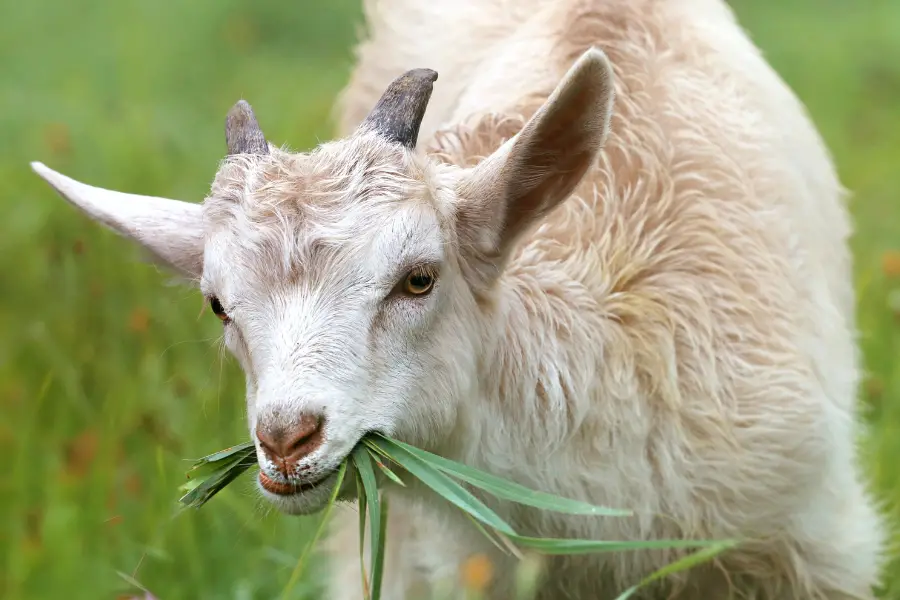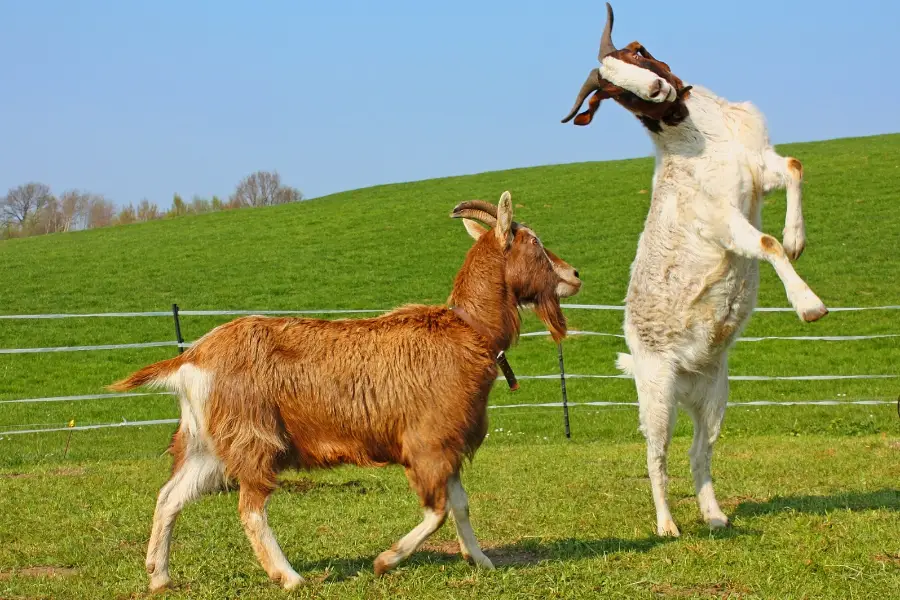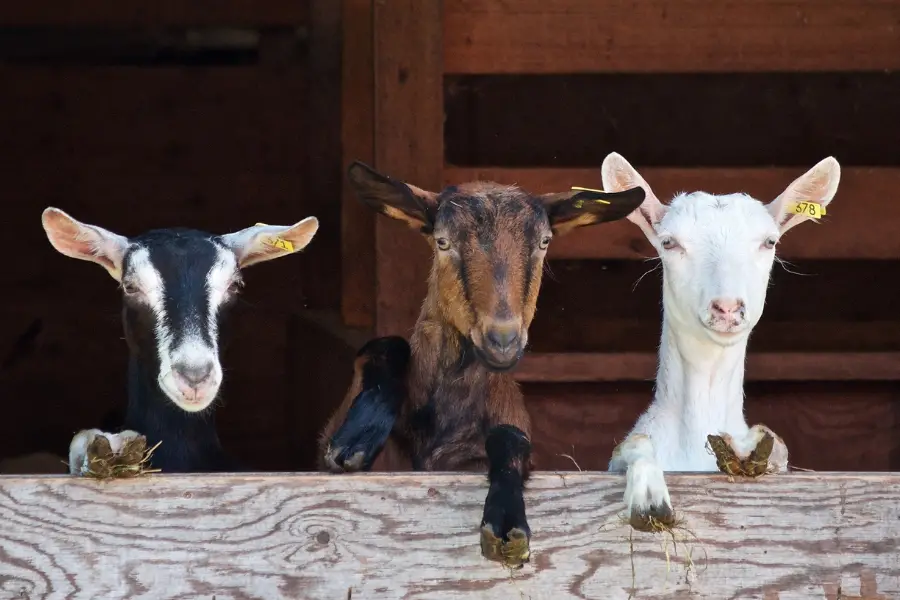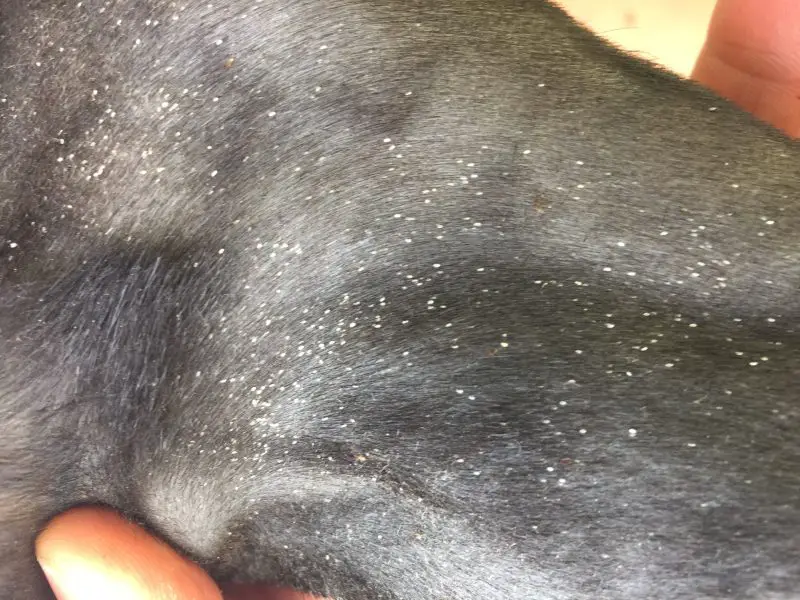
In this complete guide to goat lice, we answer the most common questions that farmers ask about this condition, including causes and treatments (home remedies and the best medicine), and more.
Table of contents
- What Is Goat Lice?
- What Causes Lice in Goats?
- What Does Goat Lice Look Like?
- Can Humans Get Goat Lice?
- Can Lice Kill Baby Goats?
- Goat Lice Treatment – Ivermectin and Pyrethroids
- Goat Lice Treatment Video
- Goat Lice Natural Treatment – Apple Cider Vinegar for Goat Lice
- Goat Lice Control – How to Prevent Goat Lice
- Image Credits
What Is Goat Lice?
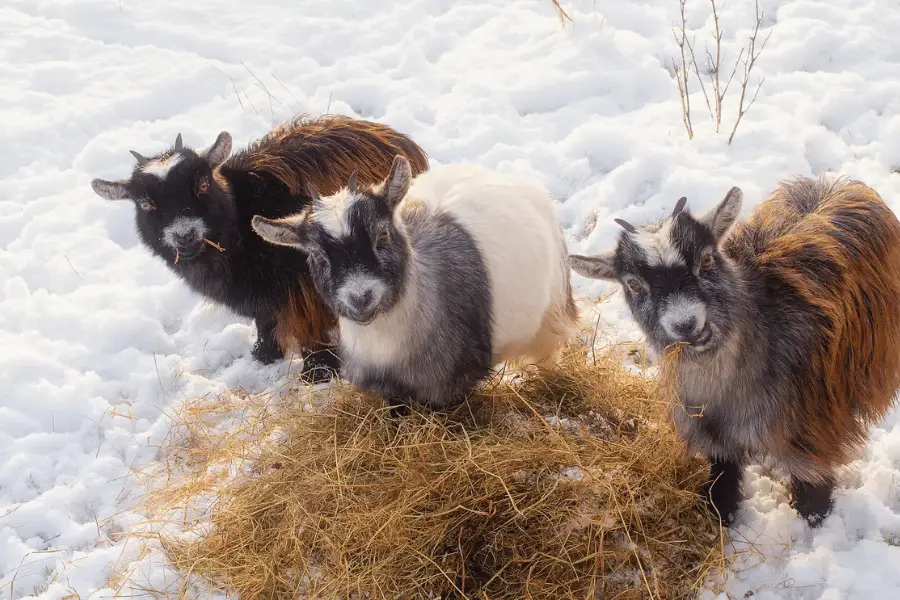
Goats are prone to numerous parasitic conditions like mites, fleas, worms, lice, etc. The reason is that parasites are part of the environment along with goats. Therefore, it is almost not possible to get rid of these parasitic conditions entirely. Nevertheless, with adequate management, it is possible to minimize the effects of these conditions on the health of the goats.
Scratching in goats is a definite clue of the lice. The ideal location for insects on the goat’s body is behind the forelegs. Lice usually affect the health of the goats during the cold seasons and are linked to the confined area.
What Causes Lice in Goats?
The entire life cycle of lice is usually on their specific host like goats. The female lice lay the eggs on the hair near to the body coat. The hatching of the eggs starts in 9-18 days. At the age of 28 days lice start laying eggs and die soon after the reproduction. Thus, there are numerous generations of lice each year.
The life cycle of lice started with the transmission of lice one goat to others by contact. The infestation of lice between flock to flock occurs with the introduction of a new infested goat to the whole pack. However, lice are unable to stay alive more than seven days without their host. Hence, the population of lice fluctuates throughout the year, while the lowest population occurs during the summer and maximum in winter and spring.
Another mode of transmission of goat lice is the mechanical transmission, i.e. spread through clothing and shearing of the goats. The spread of lice is also possible through the bedding.
What Does Goat Lice Look Like?
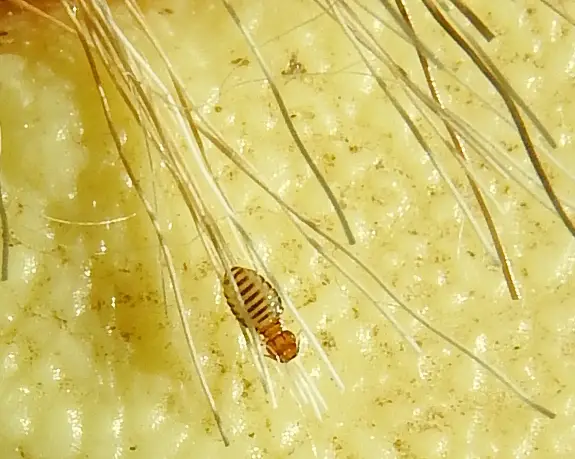
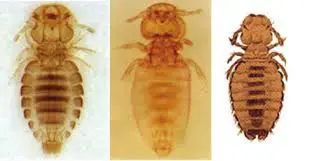

There are two different types of lice, i.e. sucking lice and biting lice. Lice are quite visible without the help of the microscope. The biting lice usually feed on the skin and hair of the goats, and their head is a bit wider to accommodate a chewing apparatus. The body colour of lice is a bit lighter and varies from grey to tan colour.
The other type of lice, i.e. sucking lice has narrow heads, and they cut the skin to suck the blood of the goats. Therefore, the bodies of sucking lice are dark as compared to the biting lice and the evidence of sucking lice are usually on the body of the goats.
Can Humans Get Goat Lice?
There are two types of goat lice, i.e., biting lice and sucking lice. Both kinds of goat lice are host specific i.e., and they can infect only goats and not other animals, including humans. The goat’s lice are not transmittable to humans. However, these lice are contagious to other healthy goats and spread very rapidly within the flock.
Can Lice Kill Baby Goats?
Lice are not life-threatening to the healthy goats, including the baby goats. However, the lice do introduce anaemia in the goats. However, the lice make the baby goats uncomfortable and irritate the skin of the goats. The baby goats may lose their hair and face anaemia.
Goat Lice Treatment – Ivermectin and Pyrethroids
The most effective treatments for goat lice include topical insecticides, such as pyrethroids, and systemic insecticides, such as ivermectin. It is important to follow the label instructions and to treat all goats in the herd, as well as their living quarters, to prevent reinfestation.
Purchase Goat Lice Treatment
Here are several options to purchase goat lice treatments:
- Ultra Boss Pour On from Nasco
- Durvet Permethrin from Amazon
- Cylence pour-on, a pyrethroid, from Tractor Supply
Goat Lice Treatment – Ivermectin
Ivermectin is not FDA approved for the treatment of goats. Any use on goats is off-label, and can only be undertaken with the guidance of a professional veterinarian.
Ivermectin is a broad-spectrum anthelminthic medicine. Ivermectin has a handy effect on the external parasites. The ivermectin comes both pour-on form as well as in injectable form. Recent studies have shown that subcutaneous injections of ivermectin successfully treated goats for chewing lice. However, because the use if off-label, you must work directly with your veterinarian.
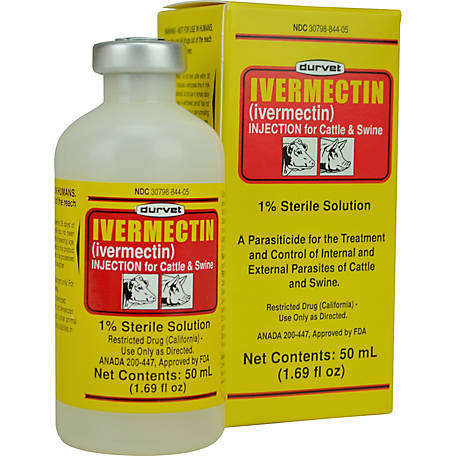
Goat Lice Treatment Video
In this goat lice treatment video, Jennifer Johnson of Johnson Family Farmstead in Scappoose, Oregon, demonstrates how she treats her Nigerian Dwarf goat herd for lice using Cylence Pour on. Skip to 1:28 to see her protocol, and then go to 3:00 for a good look at how she applies the treatment to one of her goats.
Goat Lice Natural Treatment – Apple Cider Vinegar for Goat Lice
Apple cider vinegar has been used as a natural treatment for goat lice, but its effectiveness is not scientifically proven. It may help to discourage lice from staying on the goat’s skin, but it is not a substitute for proper veterinary care and treatment.
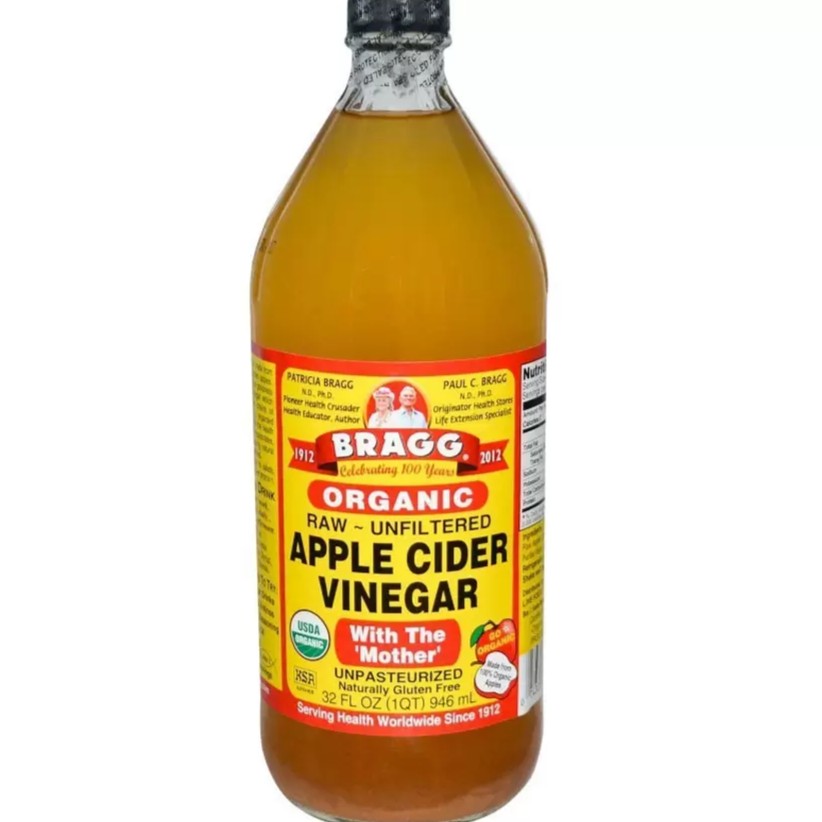
Goat Lice Control – How to Prevent Goat Lice
Preventing lice infestations in goats is important for the health and well-being of the animals. The first step in preventing lice is to maintain good sanitation practices, including regularly cleaning pens and bedding. This helps to eliminate any lice or eggs that may be present, reducing the risk of reinfestation. It is also important to avoid overcrowding, as this can increase the stress levels of the goats and make them more susceptible to lice.
In addition to good sanitation practices, it is important to keep goats in a clean and stress-free environment. This can help to boost their immune system and reduce their risk of infestation. Goats that are well-cared for and free from stress are less likely to be infested with lice. It is also important to monitor the goats regularly for signs of lice and to take prompt action if an infestation is detected.
Finally, regular check-ups by a veterinarian can help to prevent and control lice infestations in goat herds. A veterinarian can perform a physical examination and recommend appropriate treatments for lice, as well as provide advice on preventing future infestations. By working with a veterinarian and following best practices for goat care, it is possible to keep goats healthy and lice-free.
Image Credits
- backyardgoats.iamcountryside website
- Walden Effect.org web site
- K.C. Emerson Entomology Museum, Stillwater, Oklahoma and Oklahoma State Univeristy Extension


